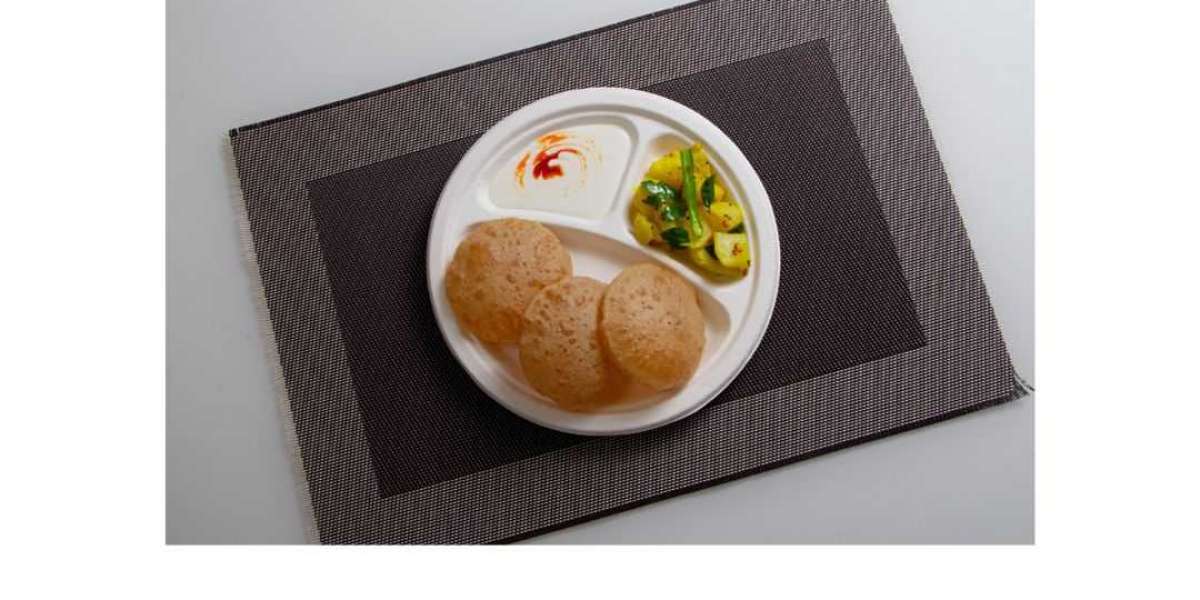As sustainability becomes a more significant focus for industries worldwide, the use of sugarcane bagasse products is rapidly gaining popularity. Sugarcane bagasse, the fibrous residue left after the extraction of juice from sugarcane, is emerging as a versatile and eco-friendly material for manufacturing a variety of products. This blog will delve into the process of transforming sugarcane bagasse into practical, sustainable products, highlighting the steps involved and the benefits of this innovative approach.
Understanding Sugarcane Bagasse
Sugarcane bagasse is a byproduct of the sugar extraction process. Traditionally, this fibrous material was considered waste and often discarded or used as fuel for boilers. However, its potential as a raw material for manufacturing eco-friendly products has been recognized, leading to the development of new technologies to convert bagasse into valuable commodities.
Collection and Transportation
The first step in the manufacturing process is the collection of sugarcane bagasse. Once sugarcane is processed to extract juice, the remaining bagasse is collected and transported to processing facilities. This step is crucial for ensuring a steady supply of raw material for production.
Cleaning and Preparation
Before bagasse can be used, it needs to be cleaned and prepared. The collected bagasse is washed to remove any residual sugar, dirt, or other impurities. This ensures that the final products are free from contaminants and meet quality standards. After cleaning, the bagasse is dried to reduce its moisture content, making it easier to process.
Pulping
Once cleaned and dried, the bagasse undergoes a pulping process. During pulping, the fibers in the bagasse are broken down to create a pulp. This is achieved through mechanical or chemical means, or a combination of both. Mechanical pulping involves physically breaking down the fibers, while chemical pulping uses chemicals to dissolve the lignin that binds the fibers together. The result is a smooth, homogenous pulp that can be molded into various shapes.
Molding and Shaping
The pulp is then molded and shaped into the desired products. This is typically done using specialized molds that define the final shape and size of the products. The pulp is poured into these molds and subjected to high pressure and temperature to form solid, durable items. This process can produce a wide range of products, including plates, bowls, cups, and food containers.
Drying and Curing
After molding, the products need to be dried and cured. This step involves removing any remaining moisture from the products to ensure they are sturdy and ready for use. Drying can be done using hot air ovens or other drying techniques. Proper drying is essential to prevent mold growth and ensure the longevity of the products.
Quality Control and Finishing
Quality control is a critical part of the manufacturing process. Each product undergoes rigorous testing to ensure it meets the required standards for strength, durability, and safety. Any defective products are removed, and the rest are given final touches, such as trimming excess material and adding any necessary coatings or finishes to enhance their usability and appearance.
Packaging and Distribution
The final step is packaging and distribution. The finished products are carefully packed to prevent damage during transportation and storage. They are then distributed to retailers, wholesalers, or directly to consumers, ready to be used as eco-friendly alternatives to conventional plastic or paper products.
Benefits of Sugarcane Bagasse Products
Environmental Sustainability
Sugarcane bagasse products are biodegradable and compostable, meaning they break down naturally without leaving harmful residues. This significantly reduces the environmental impact compared to traditional plastic products.
Resource Efficiency
Using bagasse as a raw material maximizes the utility of sugarcane, reducing waste and making the sugar industry more resource-efficient. It transforms a byproduct into valuable products, contributing to a circular economy.
Economic Benefits
The production of bagasse products creates new economic opportunities, particularly in sugarcane-growing regions. It supports local economies by providing jobs and promoting sustainable business practices.
Conclusion
The process of manufacturing sugarcane bagasse products is a testament to innovation in sustainability. By transforming what was once considered waste into useful, eco-friendly products, this process not only helps reduce environmental impact but also supports economic growth. As more industries and consumers recognize the benefits of sugarcane bagasse products, we can look forward to a future where sustainable practices are the norm, and waste is minimized. Embracing these products is a step towards a greener, more sustainable world.








